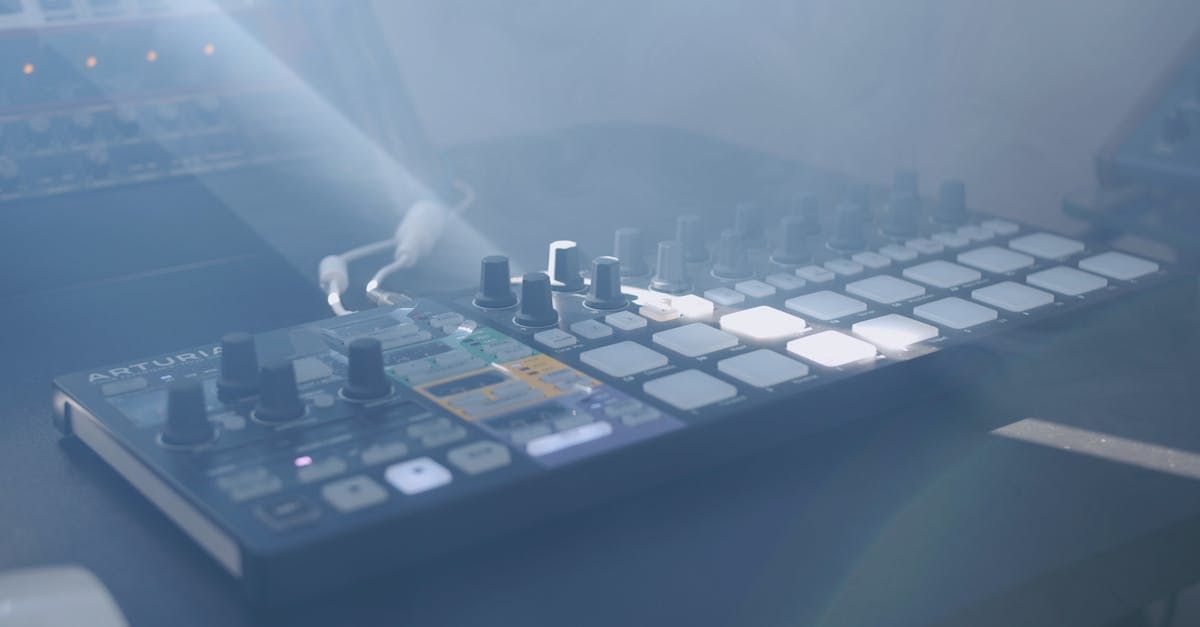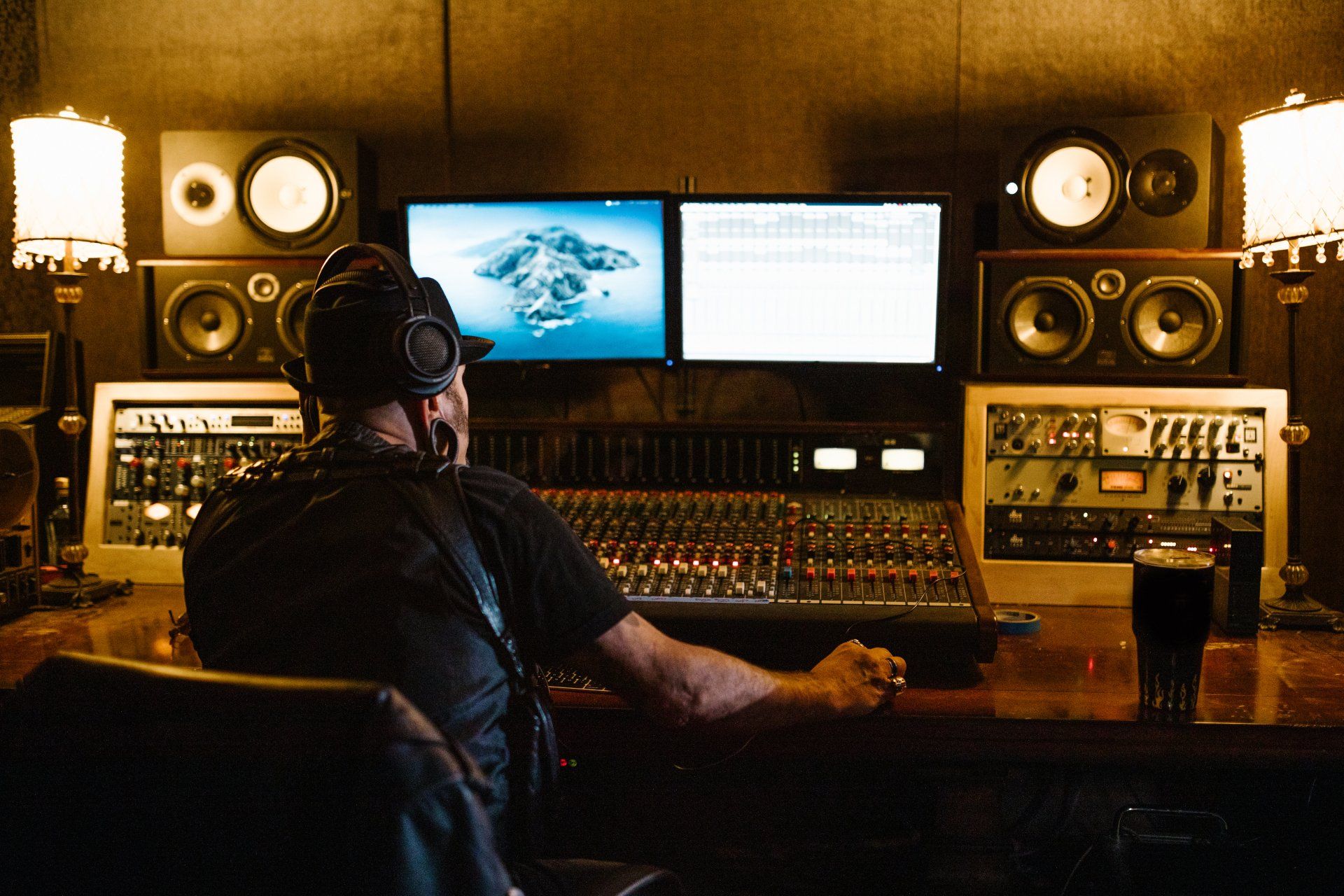What is ear training? Learn how practicing ear training at home can make you a better music producer. Sarah Karney offers five ear training exercises to level up your music production skills.

What is Ear Training?
Ear training is one such building block that is crucial to becoming a well-rounded musician – even if it’s not exactly the most stimulating part of making music. Putting in the work is well worth the effort. This is especially true for music producers who want to be adept at working with multiple instruments and genres.
Why Is Ear Training Important?
It is much easier to compose and improvise music when you regularly exercise your ability to identify pitches, scales, and chords. Strengthening your aural skills will drastically cut down the trial-and-error part of music production. It will also allow you to fall into that desired creative flow state without interruption.
Ear training relies on a range of tried-and-tested exercises. They are designed to strengthen your ability to hear and recognize various musical elements more clearly. For example, classically trained musicians use ear training to identify the pitch of a note without needing a reference tone. This ability is known as ‘perfect pitch,’ which is a unique musical skill.
Don’t worry — driving towards the goal of perfect pitch isn’t necessary to reap the benefits of ear training. Instead, we’re going to focus on improving your ability to interpret relative pitch, which is the distance between notes.
Whether you’re a musician or just a music fan, you rely on relative pitch to process music. Relative pitch is the ability to hear the difference between notes when compared to a reference note. Moreover, understanding relative pitch helps you identify intervals and chords. This skill is essential when composing or playing by ear. Furthermore, understanding the language of music more fluently enables you to creatively choose how to harmonize melodies and progressions to create a musical flow.
To emphasize, ear training is beneficial for music producers trying to strengthen their skills for a number of reasons. Also, spending just 15 minutes a day can help you hone your production abilities more quickly.
What Should I Study During Ear Training Sessions?
Here are five general areas you can study in your spare time to test and strengthen your relative pitch skills.
1. Identifying Pitch
The game is simple: hear a note, know a note. Pitch ear training is the first area of study you must conquer before progressing to more advanced types of training. Practice this type of training by repeatedly playing a note on an instrument and saying the name of the pitch aloud until it becomes embedded in your memory.
2. Identifying Scales
Scales are an arrangement of notes in ascending or descending order based on pitch. Scales are keys, which are groups of pitches or scales that form the basis of a music composition. Furthermore, the eight pitches of a scale are the backbone of the music your creating. Musicians use the specific notes that make up a scale to build chords and melodies.
3. Identifying Intervals
Once you understand pitch and scale, it’s time to begin interval training. Intervals are the distance in pitch between two notes. They may seem insignificant or hard to grasp tangibly at first, but can actually have an enormous impact on the way music — or even just two notes played in sequence — end up sounding.
Ear training with intervals can help you learn to recognize and play melodic sounding tones you like. Interval ear training is also part of the foundation needed to understand and construct melodies and harmonies. This skill also enables you to recall the spaces between notes so you can remember how they sound for future production sessions. Mastering this ability will also help you tune live instruments should you need to.
When practicing, start by learning the intervals within an octave. For example, an octave has the following intervals: unison, semitone, tone, minor third, major third, perfect fourth, augmented fourth, perfect fifth, minor sixth, major sixth, minor seventh, major seventh, and perfect octave.
Learning how to recognize these intervals when played forward and backward is crucial. This foundation will also help you expand your training with intervals that cross over multiple octaves.
4. Identifying Chords
A chord is formed anytime two or more notes play at the same time. There are various types of chords, and not all chords sound good together, which is why chord ear training can come in handy.
Most Western musicians start by learning the four triads: major, minor, augmented, and diminished chords. Once you’ve mastered these basic triads, you can incorporate them into your interval training. This approach will further your understanding of how harmonies can be arranged.
5. Identifying Chord Progression
Once you’ve got the basics of chords down, it’s time to study chord progression. You may not realize it, but most popular music use the same common chord sequences again and again. A song that sounds ‘off,’ even purposefully, is often because an artist delineated from common chord progressions.
Chord progressions are also what give songs their ‘mood.’ For example, John Williams’ compositions for Star Wars sound dark and strong whereas his compositions for Harry Potter are zippy and magical. In fact, chord progressions ultimately define a song as falling within a particular genre, or even from a specific area of the world.
Furthermore, ear training empowers you to recognize common chord changes and progressions by ear. Having knowledge of chord progressions can help you lay down notes more easily once you know the direction you want your song to take. It can also help you understand how to produce music for a range of genres and become a better improviser.
Conclusion
Now that you have an understanding of what areas you can study and how they can aid you in your production journey, it’s time to get to work. There are tons of other free ear training resources online that go even deeper into the theory behind each of these elements.
To get started, check out these free ear training exercises on TonedEar , ToneSaavy , and MusicTheory.net. Then come visit us at Icon Collective and put your newfound training to work!

Turn your passion for music into a Profession: Learn more about our Music School Programs!
Join our Newsletter
Get the the latest music industry insights, invites to exclusive events and workshops, and artist spotlights straight in your email.
MORE ARTICLES FROM THE ICON BLOG
FIND YOUR SOUND, HONE YOUR CRAFT:
Are you ready to turn music into a career? ICON prepares students to become music producers, composers, performers, recording artists, professional DJs, and entrepreneurs in the entertainment industry. Click below to get information about our award-winning programs:


